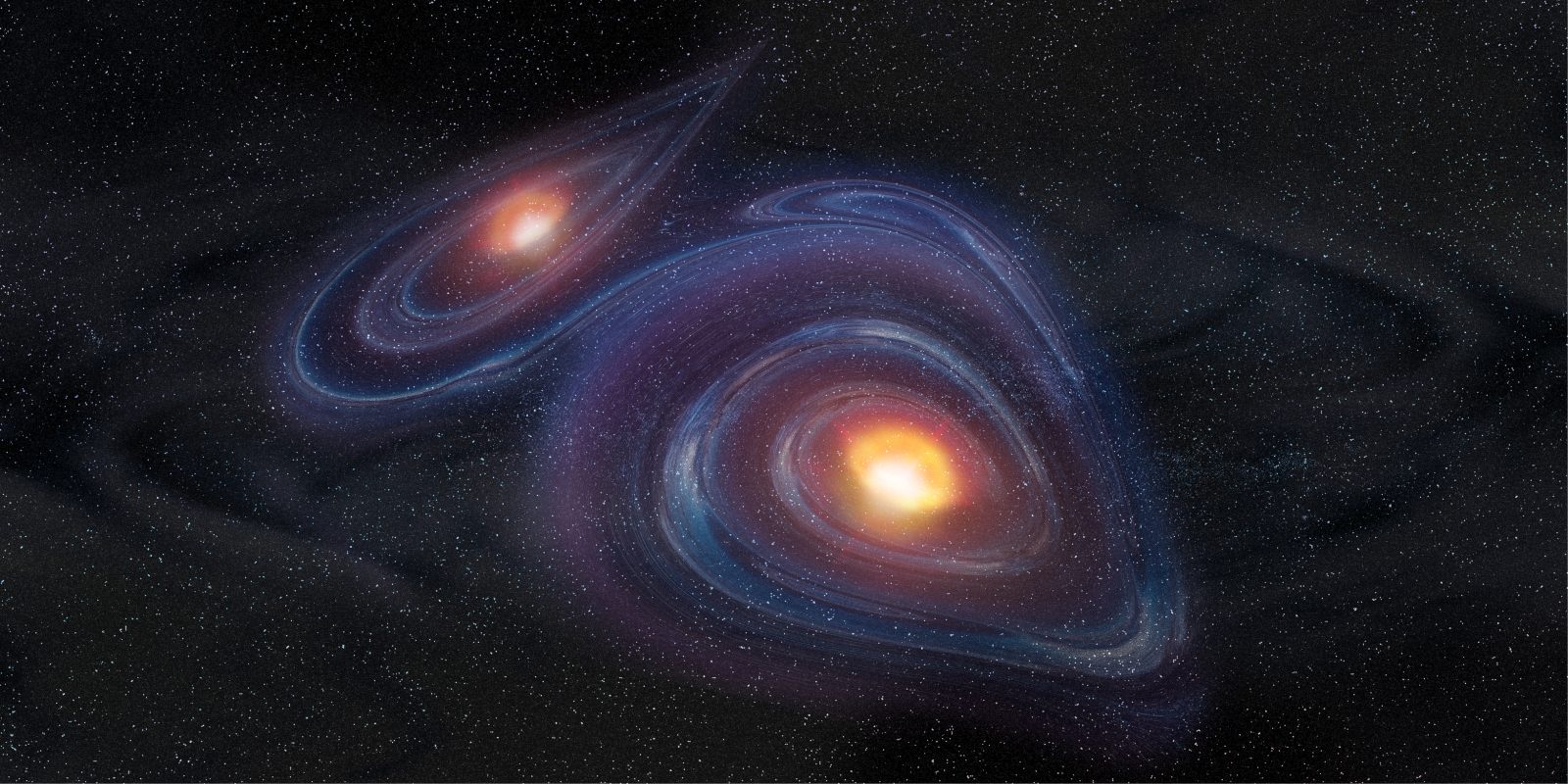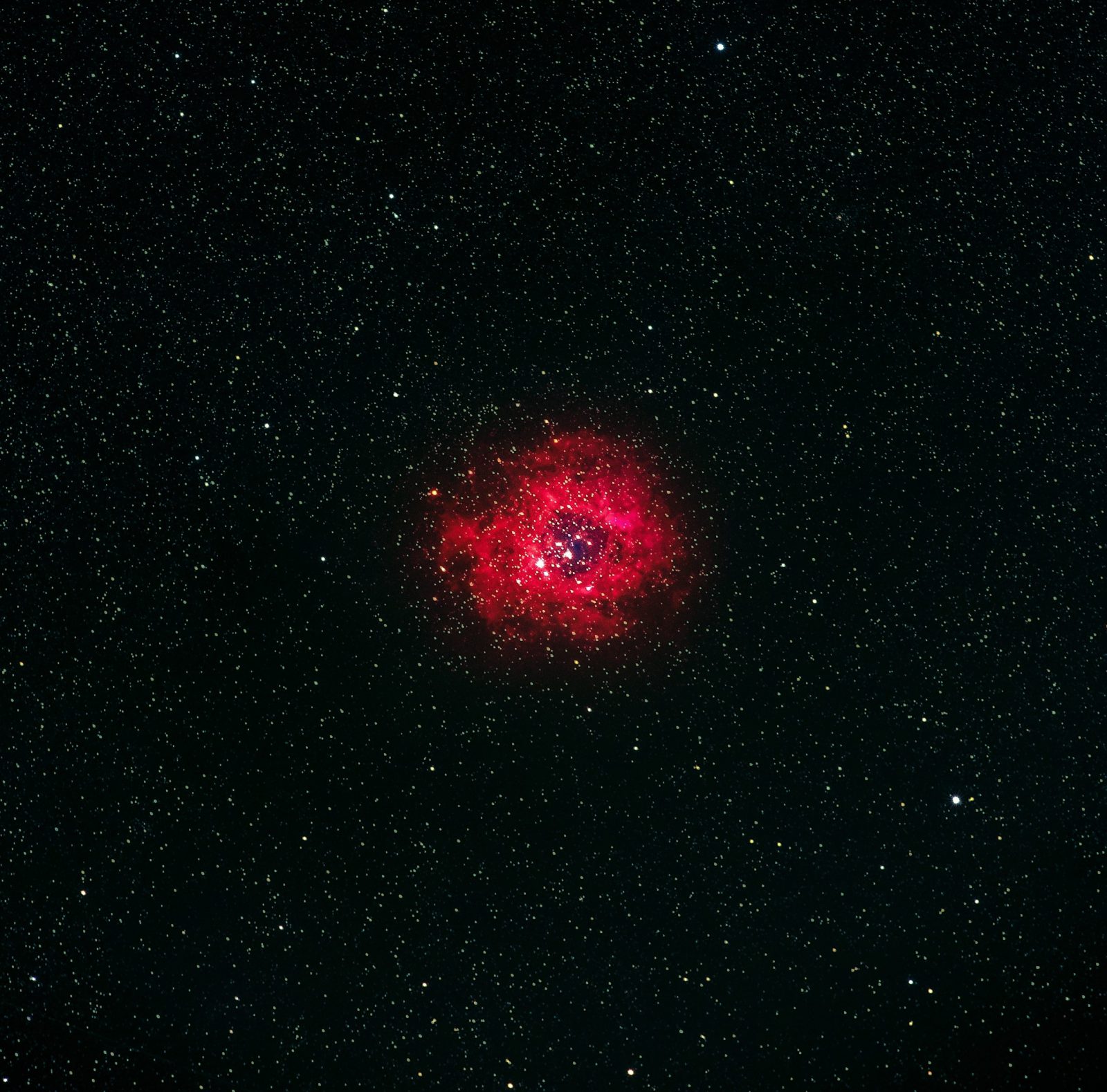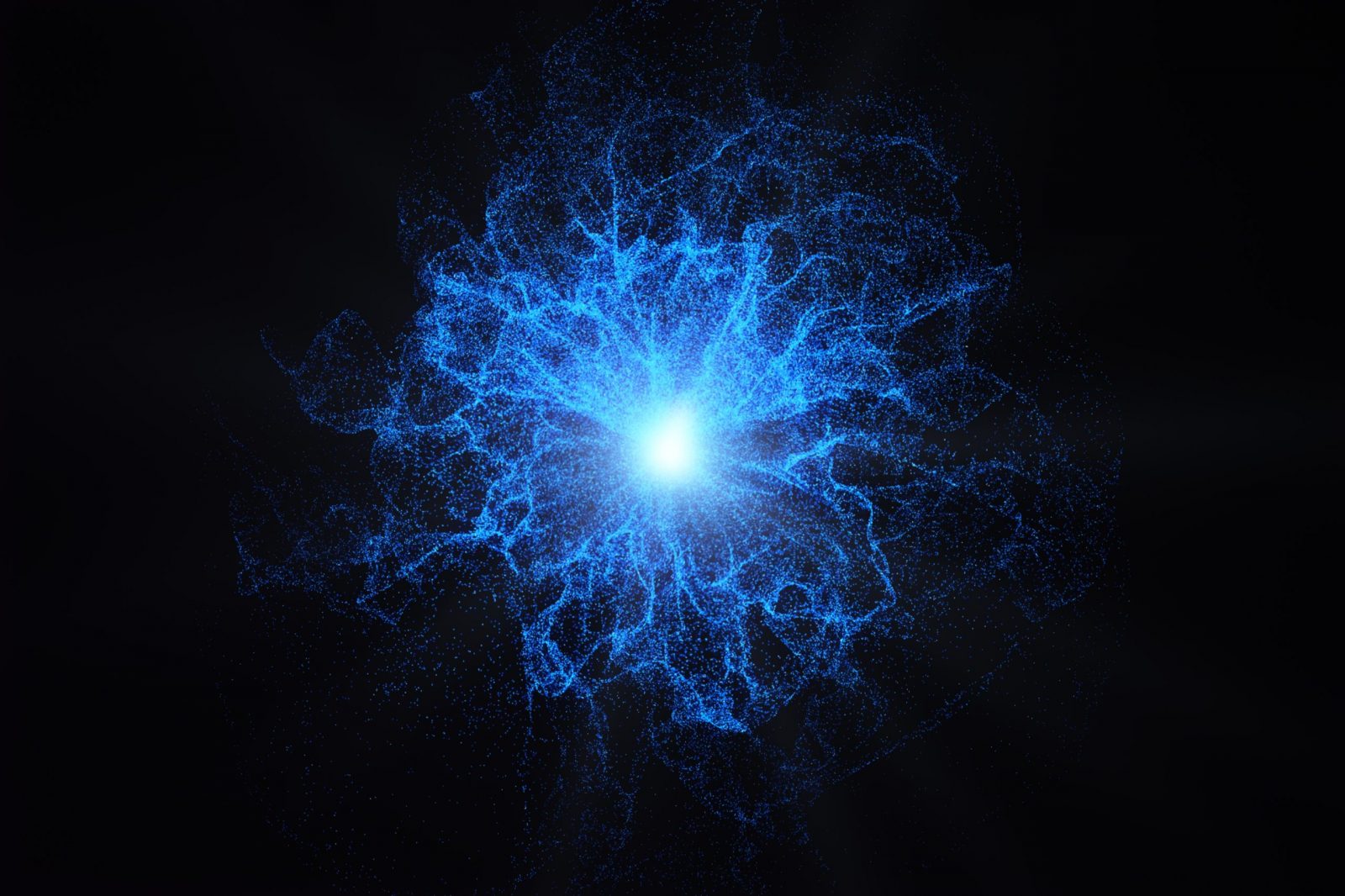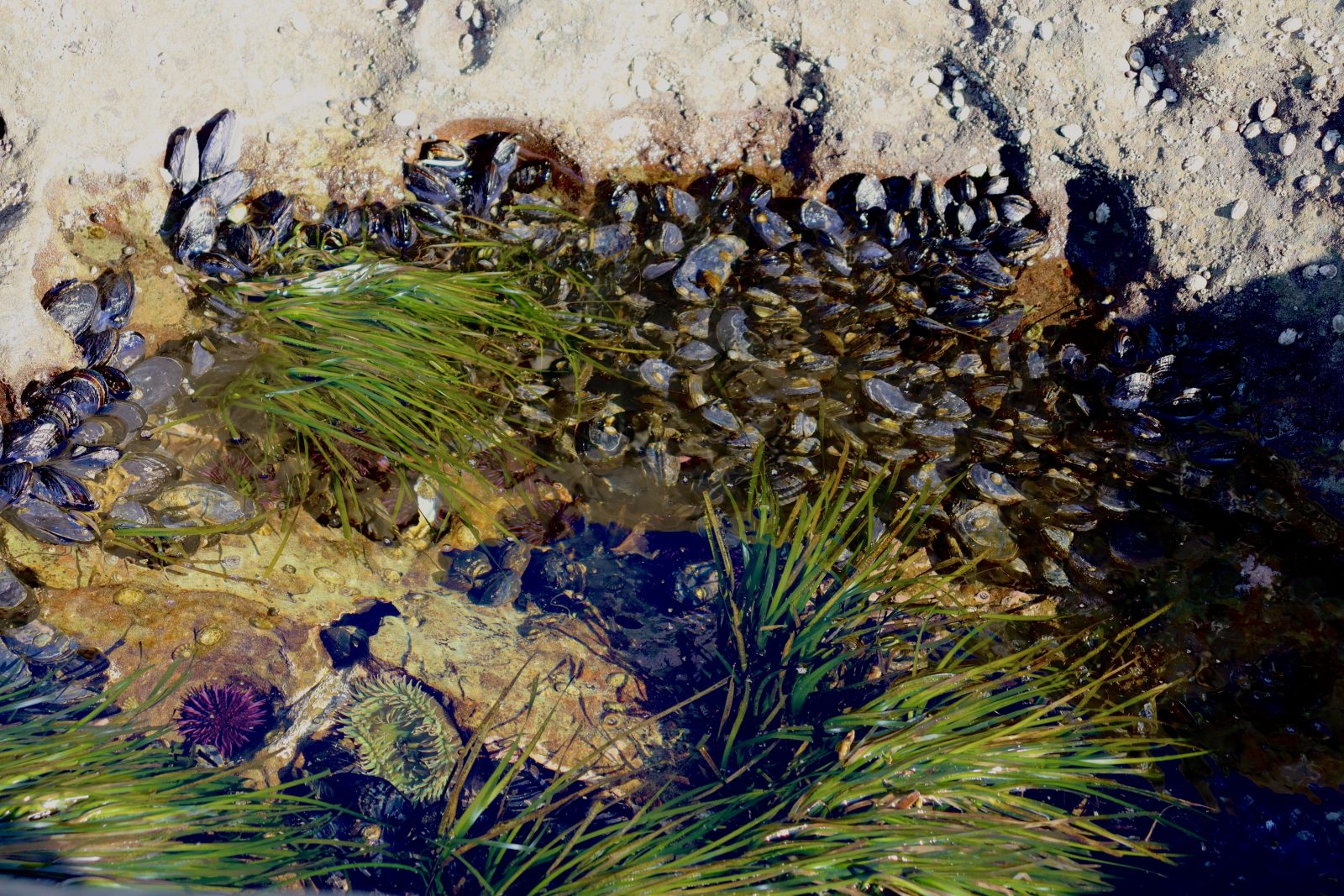
Paul Nelson on Freeing Minds Trapped in a Naturalistic Parabola
On this episode of ID the Future, philosopher of science Paul Nelson continues sharing with host Andrew McDiarmid about pursuing intelligent design theory in a science culture committed to naturalism. Or as Nelson puts it this time, it’s about trying to communicate with scientists who are trapped in a naturalistic parabola. That parabola sets the rule and defines the boundaries for science: naturalistic answers only. And it extends to infinity, so no finite number of objections or counter-examples can force naturalistic scientists out of it. Nelson, however, offers an alternative strategy for drawing them out of the parabola.








